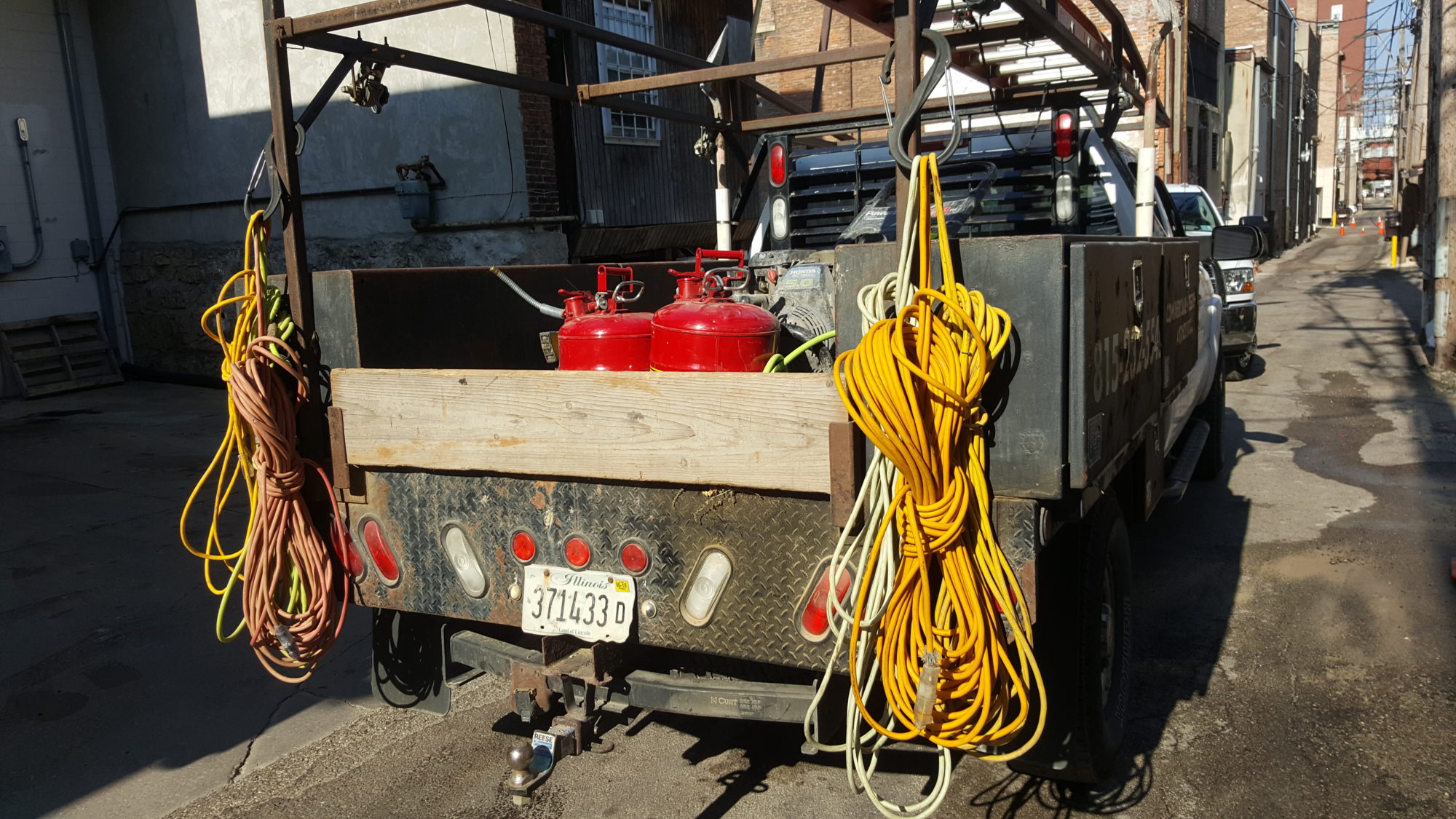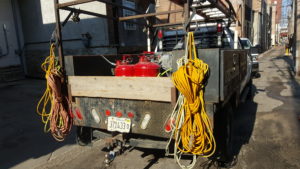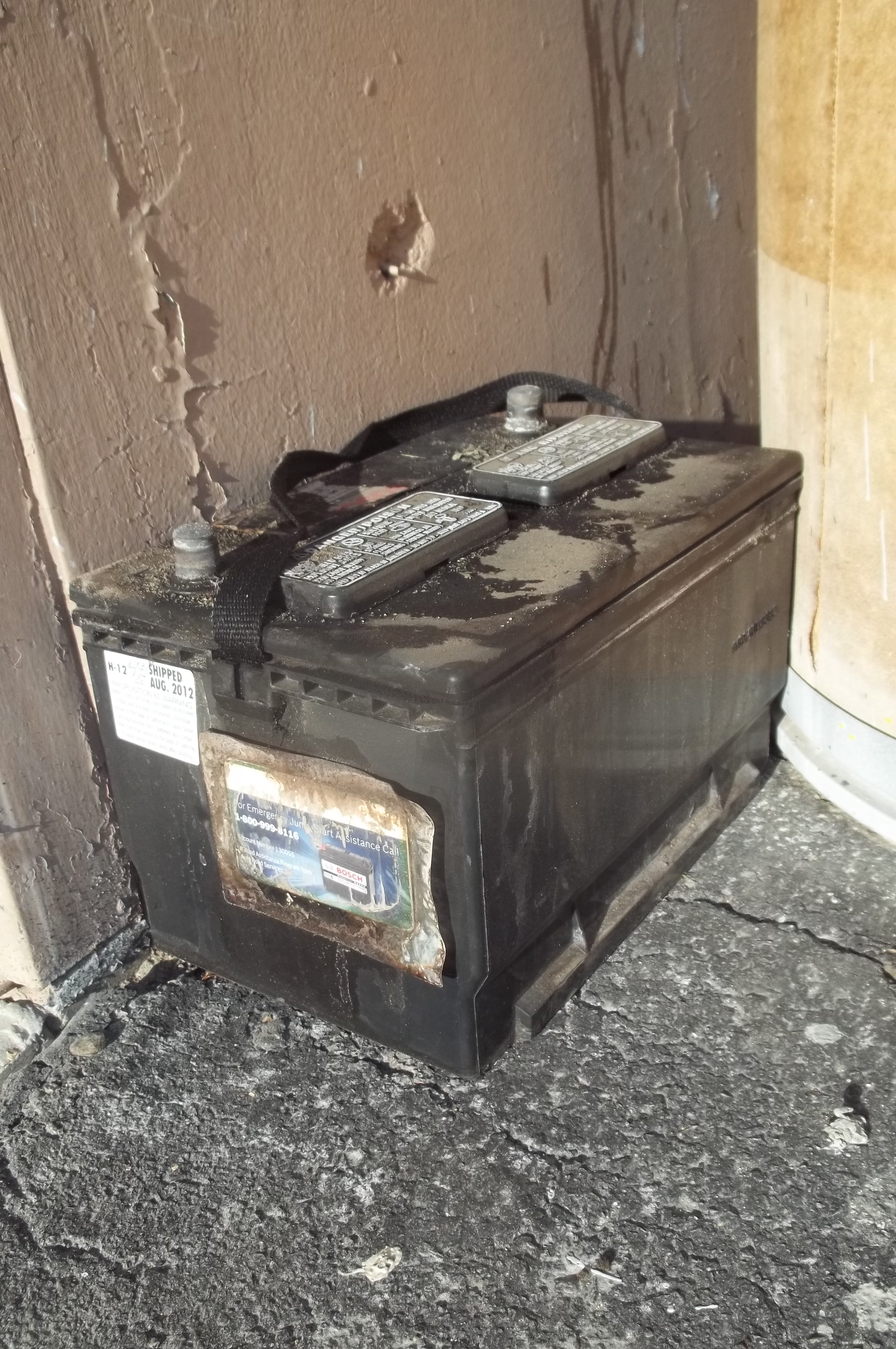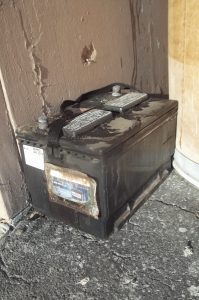Question:
Hi Daniel,
Thank you for your help.
I have another issue, I’d like to run by you. I have been allowing trained researcher to use their personal vehicles for single use transportation of exempt samples, patient samples that could be Cat B (NOT Cat B cultures) and unregulated biological samples under MOTS (aka: the Materials of Trade exception). As I interpret the DOT MOTS, that is allowed. Would you agree with this assessment?
Thanks again,
 My reply:
My reply:
Yes. that is OK under the Materials of Trade exception as long as you comply specifically with 49 CFR 173.6(a)(4) and the remainder of §173.6 for packaging, hazard communication, “inform the driver” &etc.
A summary of the Materials of Trade exception for Division 6.2 Infectious substances:
- Includes:
- Human or animal samples for research, diagnosis, disease treatment or prevention, &etc.
- Biological product or regulated medical waste.
- Sharps
- Must not be a Category A Infectious Substance (Category B, OK).
- Packaging:
- Combination packaging.
- Leakproof inner packaging for liquids with sufficient sorbent for all liquids in outer packaging.
- For sharps: inner packaging must be puncture resistant and securely closed.
- All placed in outer packaging that is strong, tight, securely closed, and secured within vehicle.
- Quantity limits:
- For regulated medical waste:
- One or more inner packagings of no more than 4 kg (8.8 lb) or 4 L (1 gal).
- Outer packaging of no more than 16 kg (35.2 lb) or 16 L (4.2 gal).
- All other:
- One or more inner packagings of no more than 0.5 kg (1.1 lb) or 0.5 L (17 oz).
- Outer packaging of no more than 4 kg (8.8 lb) or 4 L (1 gal).
- For regulated medical waste:
Or…
- One inner packaging of no more than 16 kg (35.2 lb) or 16 L (4.2 gal).
Like this article? Subscribe to my Monthly Newsletter No marketing emails! |
Conclusion:
The Materials of Trade exception – like other exceptions in the Hazardous Materials Regulations – allows for the transport of HazMat subject to a reduced regulatory burden. Make certain you are aware of the exception available for the transportation of your HazMat.

 My reply:
My reply:



